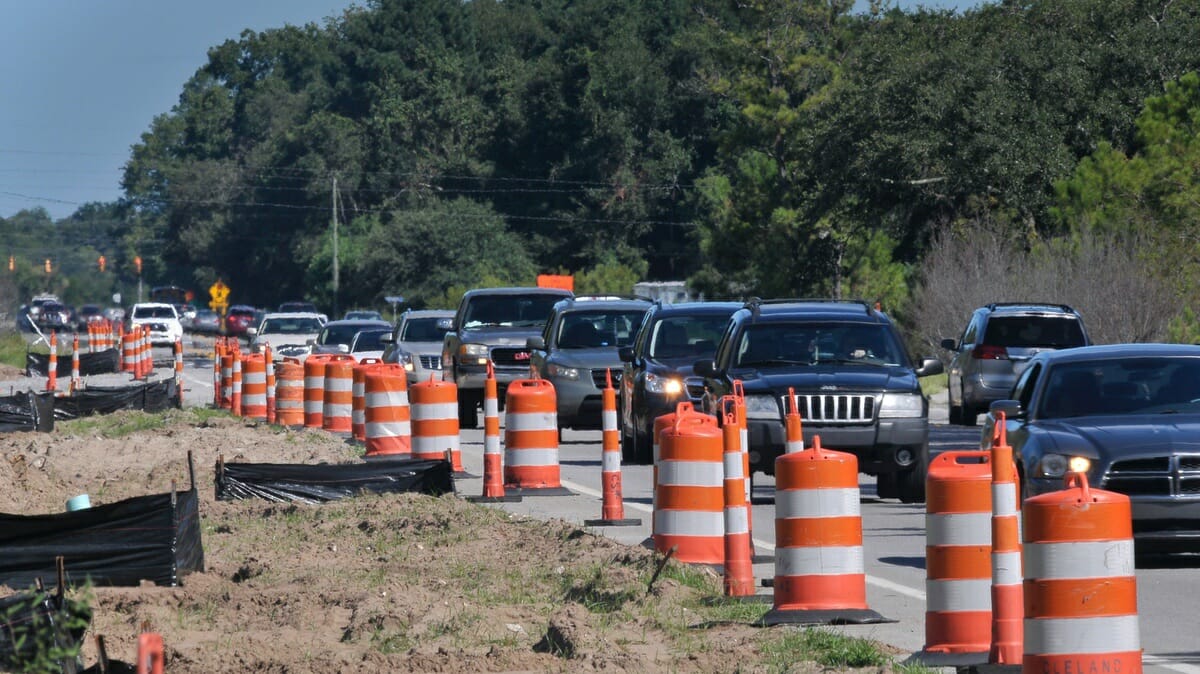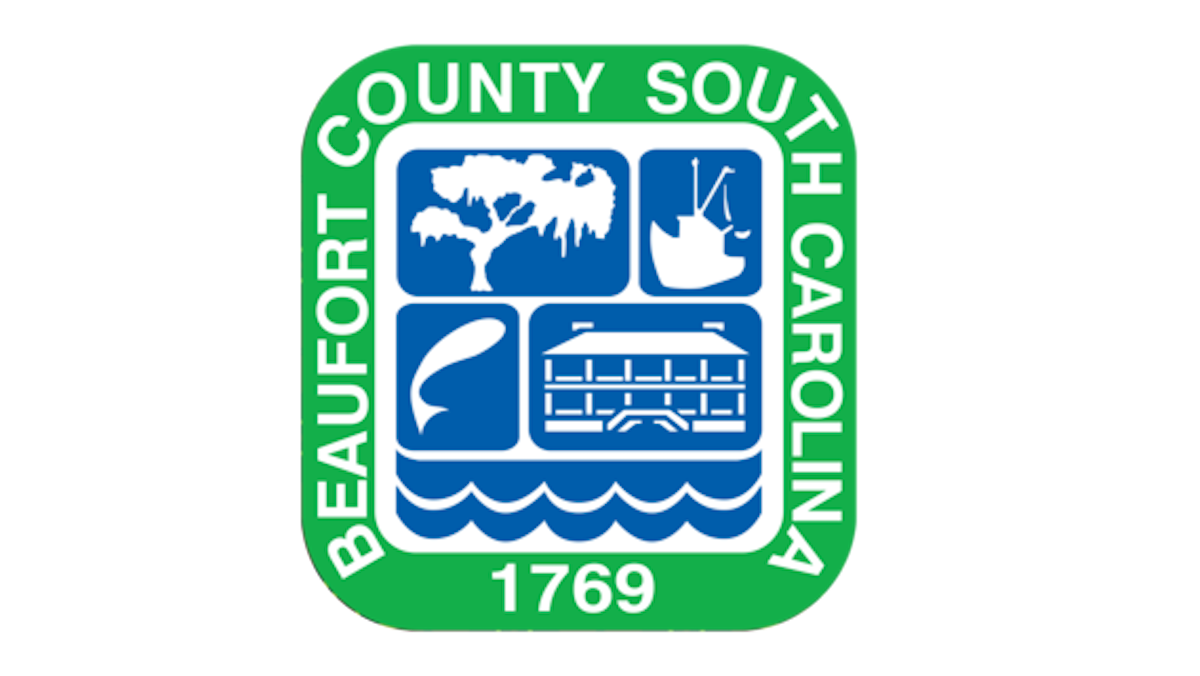Editor’s note: This is the first in a series looking at local issues and candidates on the November ballot.
By Sally Mahan
If you build it, will they come?
The “it” is an arts campus on Hilton Head Island that could potentially include a concert hall, amphitheater and a place to celebrate the history of the Lowcountry and more.
The approximately $6.2 million needed to study whether to build an arts campus will be part of a $120 million referendum on the ballot on Nov. 8.
The money would be raised through a 1 percent increase in sales tax and would be used for projects throughout Beaufort County, including the study on the arts center question.
There will be a separate referendum asking voters to OK another 1 percent sales tax increase to generate about $280 million over 10 years to build new schools in Bluffton and for other school projects.
That question of whether an arts campus on Hilton Head should be built has been asked since the 1980s, when the first of several committees through the years looked at the issue.
One of the most significant studies was done by the Community Vision of Hilton Head, a nonprofit organization founded in 2006. That group highly recommended that the town build an arts campus. However, the concept was put on hold due to the recession.
In June 2015, a committee was created by the Hilton Head Island Town Council to take another look at the local arts and culture scene and “determine the role, if any, of town government and other entities in supporting the island’s arts and cultural organizations.”
The Arts & Cultural Strategic Planning Committee presented its findings in a 72-page report to council in November 2015.
“It was discovered that our island has a diverse and sophisticated AC&H (arts, culture and history) environment – a haven of creativity,” the report states. “There are more than 32 nonprofit entities, 36 for-profit arts businesses and many organizations that support, serve or operate arts business functions.
“These groups have hundreds of artist members – musicians, actors, authors, painters, photographers, sculptors and dancers. In addition, the AC&H community has significant support from the greater island community. Private donors and businesses support the AC&H nonprofit organizations with donations that total in excess of $3.3 million per year.”
However, the committee also found that “many AC&H organizations have serious venue issues that are inhibiting their growth.”
Is an arts campus needed?
One of the biggest cheerleaders for an arts campus on Hilton Head is the island’s mayor, David Bennett.
“For me, it’s all about diversification,” he said in a Hilton Head Monthy story. “Historically, Hilton Head Island has been known as a beach and golf destination. Those are tremendous draws, but the number of people playing golf is not a high growth area.
“That’s not to alarm people at all, but I don’t think it’s wise to have all your eggs in one basket. Beaches are to be lauded, but arts and culture is big business in the United States. We have some tremendous assets in our community that aren’t able to reach their full potential.”
For instance, he cited the fact that the Hilton Head Symphony Orchestra performs in a church; that despite the popular Coastal Discovery Museum’s affiliation with the Smithsonion, the world’s largest museum, it has no facility to present its traveling shows; and that the story of Mitchelville, the first settlement of freed black slaves, needs to be told.
“I also think that we lost the Family Circle Cup (a professional women’s tennis tournament) because we weren’t able to give them a good home. Now they play the tournament on Daniel Island and that community is growing by leaps and bounds. I don’t want to see that same thing happen to the symphony.”
As far as the cost of actually building an arts campus, Bennett said it’s much too early to provide an exact figure, but funding would likely come from a variety of sources, including taxpayer dollars, charitable donations and other financial means.
“The bottom line is that it’s about our overall quality of life,” said Bennett.
“In order to maintain its relevance, Hilton Head needs to draw retirees and future retirees. They have expectations of high quality of life and what components are essential. Arts and culture plays a huge part in quality of life.”
Jane Joseph, a former IBM executive who chaired an Arts & Cultural Strategic Planning Committee, said there are several benefits to the community.
First, she said, is the economic impact.
“We know from research in many, many other cities that promoting arts and culture can have a huge economic impact,” she said. “It has raised some cities from bad shape to a comfortable position economically.”
The Arts and Cultural Strategic Planning Committee found that the total annual economic impact in 2014 of arts, cultural and historic organizations on Hilton Head Island was over $21 million in total expenditures, including $13 million in direct support of household income and over 600 full-time equivalent jobs.
These expenditures also contribute $889,000 annually in local government revenue and $956,000 in state government revenue (e.g. license fees, taxes).
The committee also found that art helps drive tourism, the island’s most important business sector.
“It was found that cultural tourists spend more and stay longer than recreational tourists; leisure time activities and criteria for choosing vacation destinations are changing as people want more experiential activities; and two of five top activity expense categories of all travelers to the island are arts, cultural and historic activities.”
The committee’s research provided a variety of insights that led to the conclusion that investment in arts and culture has a positive impact on communities’ quality of life. It found that:
• Arts improve student academic performance leading to higher GPAs and standardized test scores and up to 40 percent lower dropout rates.
• Arts have a social impact resulting in higher civic engagement in the community, more social cohesion among different groups, and better integration of families into community life.
• Arts spark creativity and innovation – within the top five skills sought by business leaders.
• Arts improve health and wellness, now an expanding focus area for research and businesses.
What’s next?
Bennett said he hopes the community will approve the referendum in November so that there are funds available to move forward.
“We saw the referendum as an opportunity to secure some funding to help with predevelopment costs … and having the funds available will be truly beneficial to move forward.”




